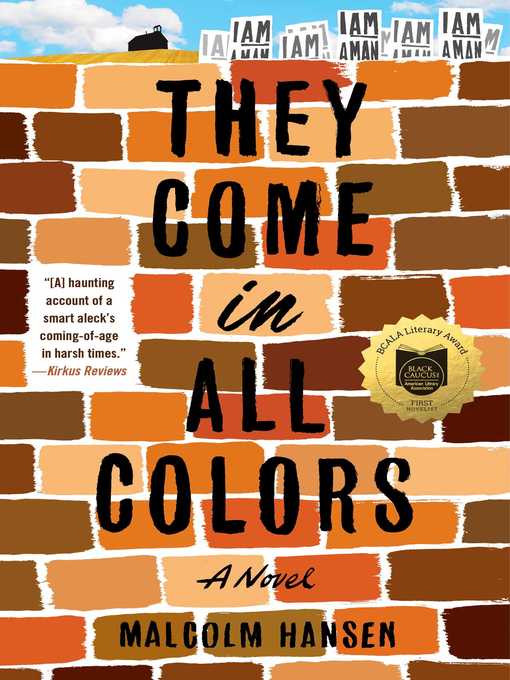
They Come in All Colors
A Novel
کتاب های مرتبط
- اطلاعات
- نقد و بررسی
- دیدگاه کاربران
نقد و بررسی

June 1, 2018
A gripping, scorching, and at times vexing debut novel tracks the physical and psychological jolts that come with growing up mixed race above and below the Mason-Dixon line at opposite ends of the 1960s.When we first meet Huey Fairchild, it's 1969 and he's in very big trouble. The only student of color at an all-boys prep school in Manhattan, the 15-year-old Huey has knocked a white student unconscious in the dining hall. Their dispute is over a girl, though school authorities immediately misperceive the cause. But then, misperception is the story of Huey's life, and author Hansen offers the flashbacks to prove it. The story makes frequent and sustained shifts back in time to Akersburg, Georgia, seven years earlier, when 8-year-old Huey, though precocious and keenly observant in so many ways, cannot understand why his summer is being ruined at every turn. First, the local swimming pool is shut down shortly after he's about to use it. Then black protestors show up outside a downtown luncheonette to demonstrate, and in the ensuing uproar, Huey is struck by a car and breaks his arm. Then a black farmhand who'd worked with Huey's white peanut-farmer father before joining the demonstrations falls to his death from a ladder, arousing grief and suspicion from the local black community. Huey's reactions throughout that summer of 1962 are curious. His attitudes toward the local African-American population are as oblivious and, sometimes, dismissive as those of his father. At one point, he recalls thinking of his light-skinned black mother as "the darkest white person I know." And there's no letup when the summer ends. His first day back at school, the younger Huey responds to a barrage of racial epithets directed toward him by saying to his teacher, "my daddy is white, so I'm white. You know that, right?" Such credulity mystifies and, at times, exasperates the reader until one understands that Huey's painful passage toward understanding himself is a proper analogy for the struggle America has, to the present day, to understand its own complex fate.It's possible to imagine literary recluses J.D. Salinger and Harper Lee coming out of hiding to forge this shaggy, rakish, yet haunting account of a smart aleck's coming-of-age in harsh times.
COPYRIGHT(2018) Kirkus Reviews, ALL RIGHTS RESERVED.

























دیدگاه کاربران